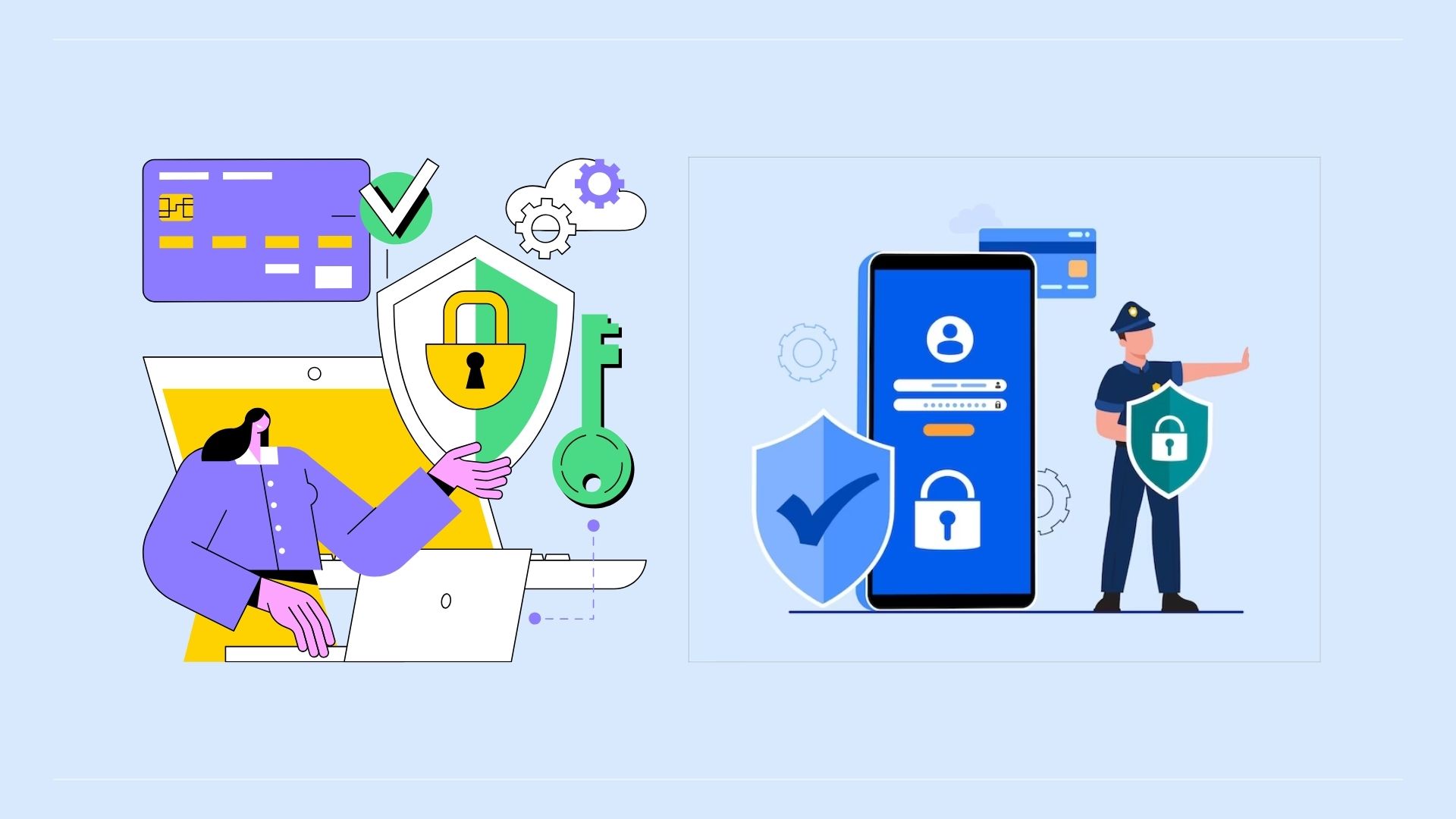Smartphones Will Boost IVR’s Customer Service Image
A 2012 poll found that 80 percent of consumers would cease doing business with a company following a bad experience with an interactive voice response (IVR) system. It's no wonder IVR doesn't get any love from consumers. For every well-done IVR system, like one US Airways created by analyzing data to offer a streamlined and personalized experience, there are countless examples of bad ones.
 But growing use of smartphones may give IVR a shot in the arm.
But growing use of smartphones may give IVR a shot in the arm.
Traditional IVR's audio nature was the problem, limiting its usefulness and making it a sometimes-frustrating self-service experience, said Steve Morrell, founder and principal analyst of ContactBabel, an analyst firm for the contact center industry. “A trade-off between functionality and usability” often left consumers navigating a lengthy and bewildering array of menu options, he said.
Smartphones and other mobile devices like tablets, however, give companies the option of offering visual representations of their IVR menus. This can greatly improve the customer experience, Morrell said, because most people find it far quicker to read text than to listen to it being spoken. Visual IVR is one of the trends covered in ContactBabel's “The Inner Circle Guide to Self-Service,” published last month.
IVR Improvement: Seeing Is Believing
“Some studies show that a caller can navigate a visual IVR menu between four and five times quicker than a DTMF (dual-tone multi-frequency) IVR menu, so the customer experience is improved without sacrificing any functionality or options,” he said. “Furthermore, visual IVR can be used to send video presentations while waiting for an agent, for educational or marketing purposes, or to answer the self-service requirement by, for example, pushing a relevant YouTube clip in order to show the caller how to do something.”
Visual IVR requires only fairly minor tweaks of self-service technology, Morrell said, so it is a relatively inexpensive undertaking. That is good news for companies that have made big investments in traditional IVR and are not yet ready to retire those systems.
“Visual IVR menu systems integrate with existing DTMF structures and reuse the same VoiceXML scripts, meaning that any changes made to the existing DTMF IVR system will be automatically replicated regardless of channel or device,” he explained.
Visual IVR also helps keep customer service costs down because self-service IVR is less expensive than interactions that require input from live agents. ContactBabel found the average cost of a self-service IVR session is 98 cents (in 2011, the last time it produced this statistic) vs. $7.76 for a phone call with a contact center agent, $3.37 for an agent email and $3.52 for a Web chat session.
Morrell cautioned that the figures may represent “more of an artistic than a scientific exercise from our respondents” because costs per interaction for email and Web chat channels were collected from a relatively small number of respondents “who felt confident enough to answer this question and whose responses varied enormously.” Still, he said, it's clear that self-service IVR is far less costly than options involving live contact center agents.
Another advantage to visual IVR, Morrell said, is that companies can use it to develop value-added applications for their customers, rather than simply providing a visual representation of existing IVR menus.
“For example, in cases where very specific expertise is required, visual IVR can be used to help the caller self-diagnose where in the organization they need to be going, rather than having to speak to a front-line agent who will then have to ask them the same questions in order to route the call to the appropriate resource,” he said.
Real Live Contact Center Agents
Visual IVR is not the only way smartphones may help companies improve their customer experience. Emerging technologies also give companies the ability to tie mobile channels like smartphones and tablets more closely to their existing voice and online customer support channels. A key way to do this, Morrell noted, is to make it easier for customers to access live agents.
“The movement between self-service and live service is currently very difficult for many customers and actually may involve abandoning the mobile channel entirely as a failure in order to start afresh with another channel,” he said. “As the customer has chosen originally to use a mobile channel, even a successful outcome with another channel will risk leaving the customer dissatisfied with the company, and less likely to use the mobile channel in the future.”
Also, he said, companies could underestimate the incidence of cross-channel interaction failures if they are unaware that a failed mobile session led customers to initiate contact through another channel.
Some providers of contact center software already offer this capability. A “live connect” button that allows customers to request assistance from a live agent within the app was one of the features of the Mobile Engagement software Genesys introduced in 2012. Jacada provides a similar capability with its Mobile Agent software.
Other options for improving customer experience include SMS and outbound calling that help companies deliver proactive customer service through the mobile channel and location-specific device information that allows companies to deliver timely service and relevant marketing messages geared to a customer's location.
“The inherent capabilities of the mobile device offer businesses huge opportunities to impress their customers,” Morrell said.
Ann All is the editor of Enterprise Apps Today and eSecurity Planet. She has covered business and technology for more than a decade, writing about everything from business intelligence to virtualization.

Public relations, digital marketing, journalism, copywriting. I have done it all so I am able to communicate any information in a professional manner. Recent work includes creating compelling digital content, and applying SEO strategies to increase website performance. I am a skilled copy editor who can manage budgets and people.



